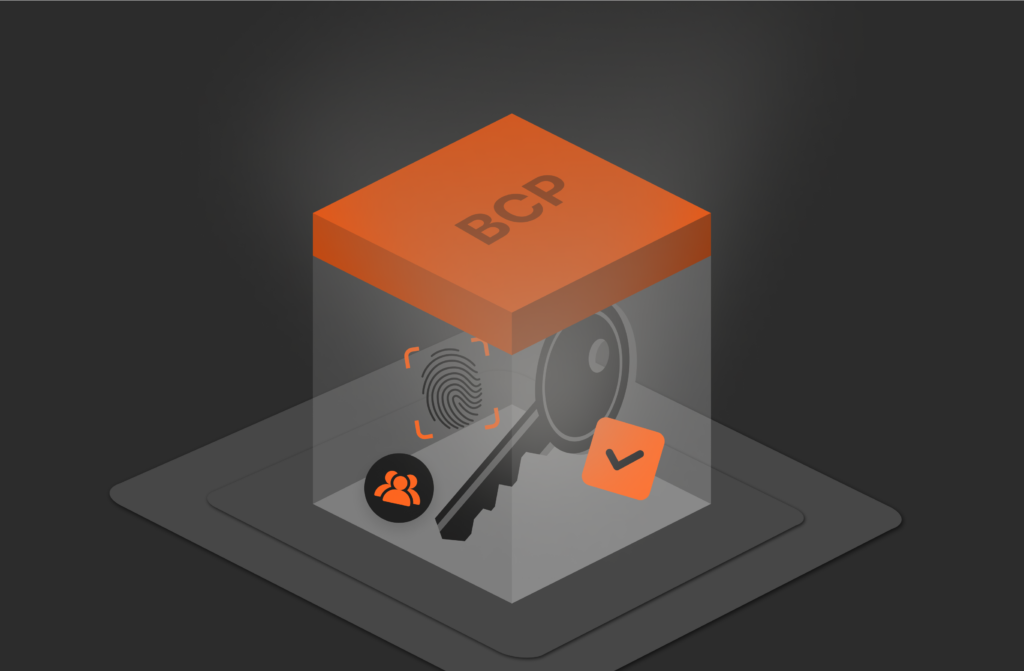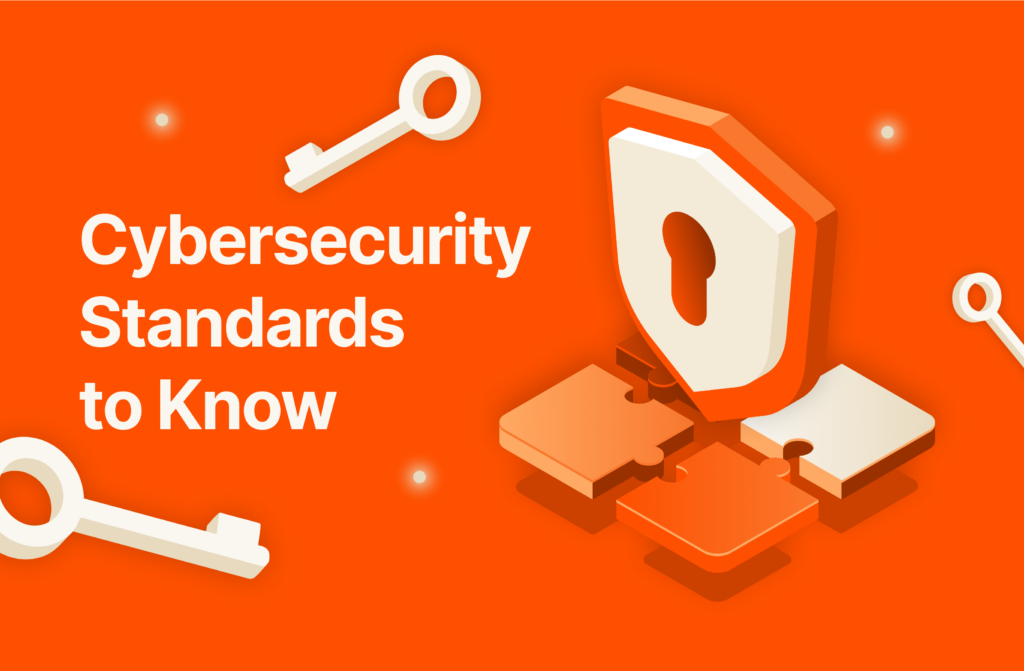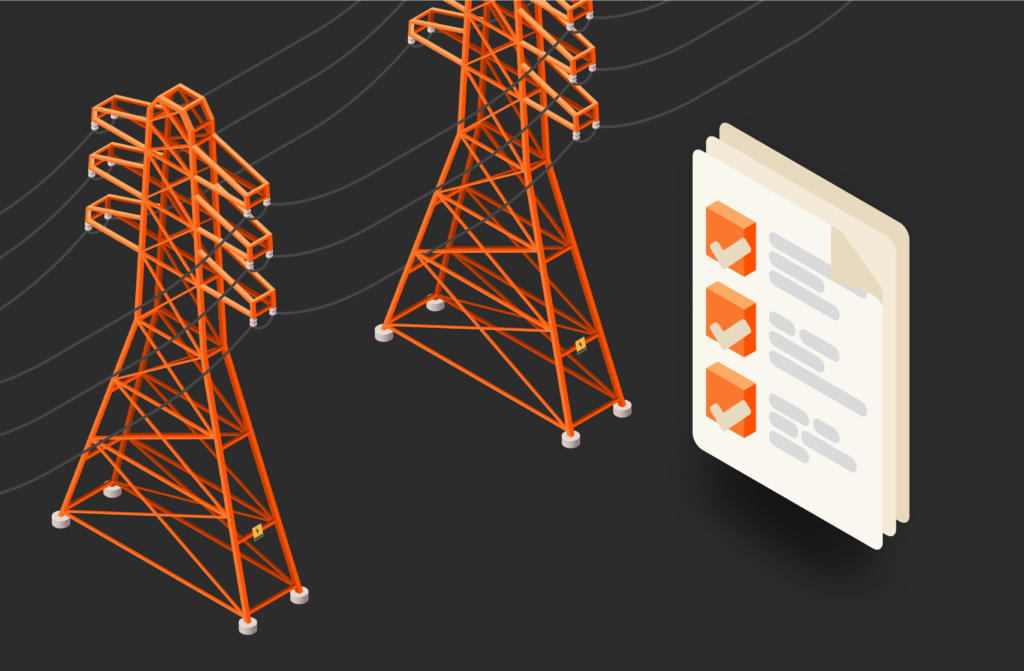Today’s businesses are inundated with data. Effectively managing and accessing that data is a critical aspect of modern operations, and central to properly and efficiently managing your data is choosing the right data storage protocol.
Three very important choices in the world of data storage protocols are iSCSI (Internet Small Computer System Interface), FC (Fibre Channel), and FCoE (Fibre Channel over Ethernet), which are all forms of networked storage.
Each protocol comes with its unique set of advantages and disadvantages. Let’s look at each option individually and then compare them to help you better understand which is best for your particular needs.
What Is Networked Storage?
Before diving into the details of iSCSI, FC, and FCoE, it’s essential to grasp the concept of networked storage. Also known as network-attached storage (NAS), networked storage is the practice of storing data on centralized servers or storage arrays that are accessible via network connections. This approach enables data sharing, backup, and scalability, forming the backbone of modern IT infrastructure.
What Is iSCSI?
iSCSI, or Internet Small Computer System Interface, is a storage protocol that facilitates block-level access to storage devices over an IP-based network, often utilizing Ethernet connections. Here’s a look at the advantages and disadvantages of iSCSI:
iSCSI Advantages
Cost-effectiveness: iSCSI leverages existing Ethernet infrastructure, minimizing the need for expensive dedicated hardware.
Ease of deployment: It’s relatively straightforward to set up and configure, making it suitable for small to mid-sized businesses.
Scalability: iSCSI networks can grow seamlessly as your business expands, with the flexibility to add more storage devices without significant disruption.
Compatibility: It works well with various operating systems, making it a versatile choice for heterogeneous environments.
iSCSI Disadvantages
Latency: In latency-sensitive environments, iSCSI may not perform as well as FC or FCoE.
Performance: While suitable for many use cases, iSCSI may not match the speed and throughput of FC or FCoE in high-demand scenarios.
What Is FC?
FC, or Fibre Channel, is a high-speed, high-performance storage protocol used for block-level data access. Unlike iSCSI, FC typically requires specialized hardware and dedicated infrastructure. The advantages and disadvantages of FC include the following:
Advantages of FC
High performance: FC is renowned for its low latency and high-speed data transfer capabilities, making it ideal for mission-critical applications.
Reliability: It offers exceptional reliability and robustness, making it a preferred choice for environments where downtime is not an option, such as financial institutions and healthcare facilities.
Disadvantages of FC
Costly infrastructure: Setting up and maintaining an FC network can be expensive due to the need for specialized hardware and cabling.
Complex deployment: FC deployments often require specialized expertise, making them less accessible to smaller businesses with limited IT resources.
What Is FCoE?
FCoE, or Fibre Channel over Ethernet, combines the best of both FC and Ethernet. It enables the transmission of FC frames over Ethernet networks, offering the reliability of FC and the cost-effectiveness of Ethernet. Here’s a glimpse at its advantages and disadvantages:
Advantages of FCoE
Cost savings: FCoE leverages existing Ethernet infrastructure, reducing the overall cost compared to traditional FC implementations.
Performance: FCoE provides high-speed data transfer and low latency, bridging the performance gap between FC and Ethernet and making it an excellent choice for enterprises with demanding workloads, such as real-time data analytics and high-performance computing.
Simplified management: FCoE simplifies network management by converging storage and data networks onto a single Ethernet infrastructure.
Low latency: It provides low-latency connectivity, which is critical for applications that require rapid data access and minimal delay.
Reliability: FCoE is known for its reliability and robustness, making it a preferred option for mission-critical applications where downtime is not an option.
Storage isolation: FCoE enables the creation of separate storage networks, isolating storage traffic from other network traffic for enhanced security and performance.

BUYER’S GUIDE, 14 PAGES
Reevaluating Your Virtualization Strategy?
Explore your options in our guide to modern virtualization.
Disadvantages of FCoE
Compatibility: FCoE may require specific network adapters and switches, which could be incompatible with existing infrastructure.
Transition challenges: Migrating from traditional FC to FCoE can be complex and require careful planning.
iSCSI vs. FC vs. FCoE: Which Is Best?
The choice between iSCSI, FC, and FCoE hinges on your organization’s unique needs and budgetary considerations.
When deciding between iSCSI, FC, and FCoE, consider the following:
Performance needs: Evaluate your organization’s performance requirements. If you need high-speed data transfer and low latency, FCoE may be the better choice. However, if your workloads are less demanding, iSCSI can offer a cost-effective solution without sacrificing performance.
Budget: Consider your budget constraints. iSCSI typically requires fewer initial investments, making it attractive for businesses looking to control costs.
Infrastructure: Assess your existing network infrastructure. If you already have Fibre Channel infrastructure in place, FCoE might be a more seamless integration. For organizations with extensive Ethernet networks, iSCSI is a natural fit.
Scalability: Think about your growth plans. If your data storage needs are expected to expand rapidly, both iSCSI and FCoE can scale, but consider which one aligns better with your future growth.
Application requirements: Examine the specific requirements of your applications. Some applications may work better with one protocol over the other due to compatibility or performance considerations.
In short:
Choose iSCSI if you prioritize cost-effectiveness, scalability, and ease of deployment in a small to mid-sized business environment.
Opt for FC when high performance, reliability, and low latency are paramount, and budget constraints are not a primary concern.
Consider FCoE if you seek a balance between performance and cost savings, especially when transitioning from traditional FC to Ethernet-based solutions.
Ultimately, the best choice depends on your specific use case, existing infrastructure, and future growth plans. Consulting with storage experts and evaluating your organization’s requirements will help you make an informed decision that aligns with your business goals.
Also keep in mind that using SCSI with flash, at any layer, affects performance. That’s why Pure Storage® FlashArray™ has added NVMe-oF to open up the full performance, and specifically performance density of your flash, and in turn, your array. Learn more about it in this blog post.







